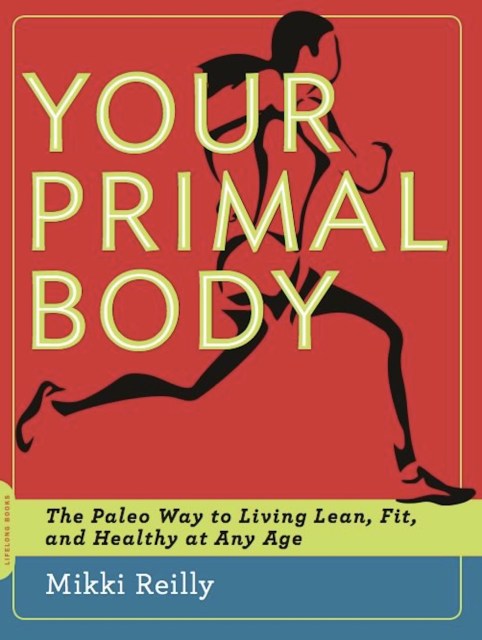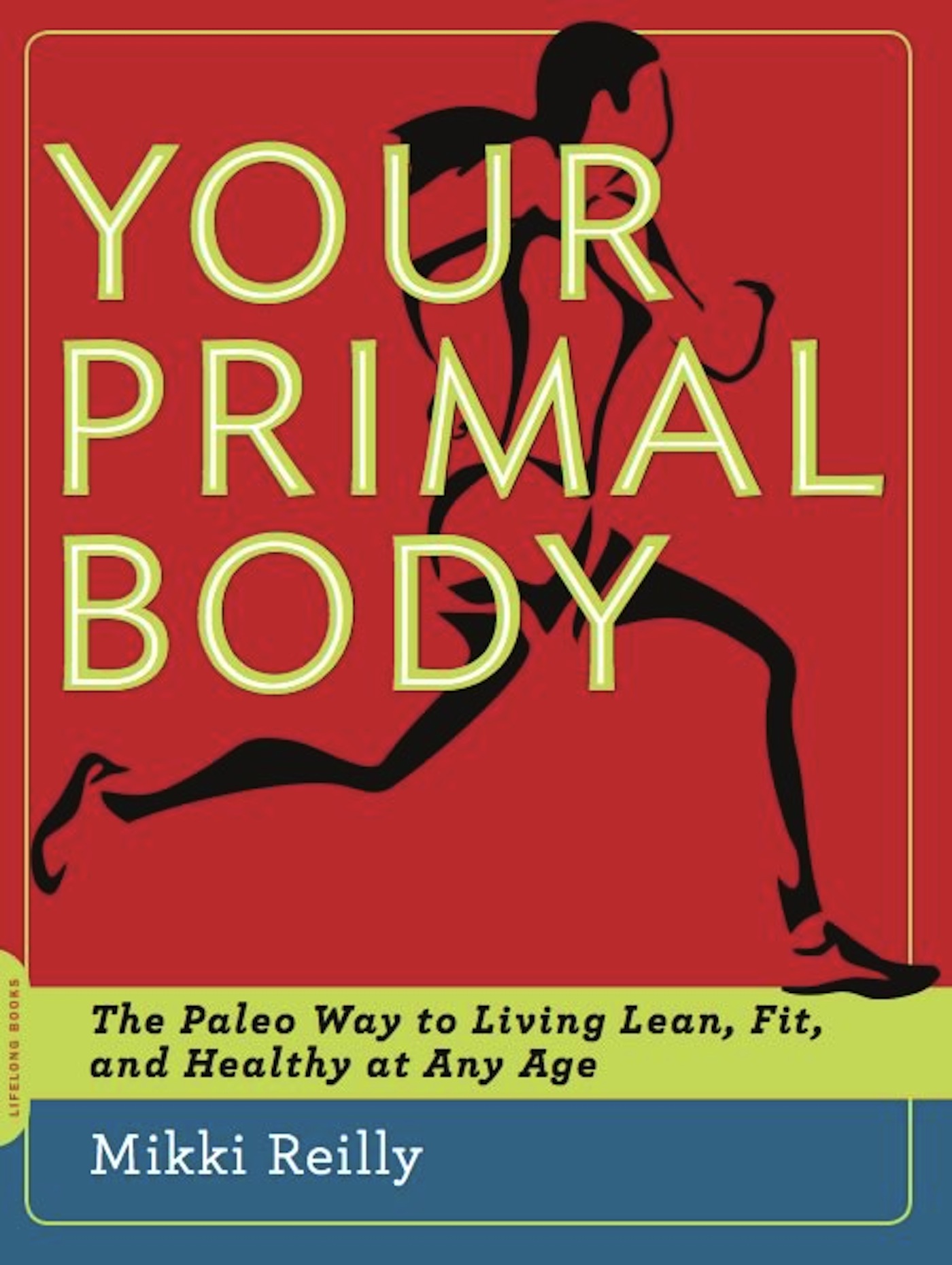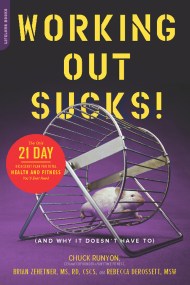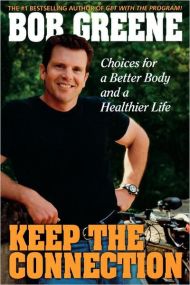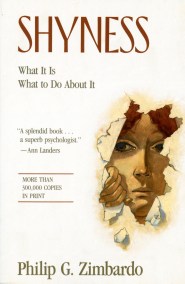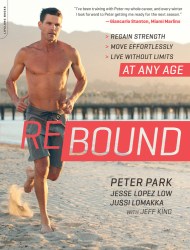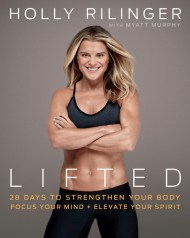Promotion
Use code MOM24 for 20% off site wide + free shipping over $45
Your Primal Body
The Paleo Way to Living Lean, Fit, and Healthy at Any Age
Contributors
By Mikki Reilly
Formats and Prices
Price
$11.99Price
$15.99 CADFormat
Format:
- ebook $11.99 $15.99 CAD
- Trade Paperback $17.99 $22.99 CAD
This item is a preorder. Your payment method will be charged immediately, and the product is expected to ship on or around December 25, 2012. This date is subject to change due to shipping delays beyond our control.
Also available from:
Your Primal Body is a book that will transform how you think about your body. Not just another fitness/weight-loss book, Your Primal Body shifts the paradigm for how to achieve a lean, muscular, vibrantly healthy body according to your genetic inheritance. This is the same body your Stone Age ancestors had, expressed through the human genome that evolved over a period of 2.6 million years. It's the body you too can have when you learn how to follow ancestral dietary and activity habits in your 21st century life.
Scientists studying the remains of early humans tell us how our ancestors were in far better shape than we modern humans, their bodies free of disease and painful conditions. Natural adaptation and selection occurred over millions of years when they lived in caves, hunted wild game, and foraged for plants and berries to survive—a way of life very different than ours today.
But one thing has not changed: our DNA. The human genome has evolved so slowly that our genetic blueprint is almost exactly what it was 40,000 years ago when our ancestors still hunted and gathered their food. Lifestyles may have changed, but our modern bodies are no different in their basic DNA—a startling fact that revolutionizes how we think about and approach diet and exercise. The thesis of Your Primal Body is that we modern humans can follow the diet and activity patterns of our Paleolithic hunter-gatherer ancestors for optimal health and weight-loss. When you do eat and move as they did, you are healthier, more muscular, leaner, and pain-free; when you don't, you run into trouble. The “diseases of civilization”—heart disease, diabetes, cancer, obesity, arthritis, to name a few, are all linked by researchers who study health and longevity to sedentary lifestyles and eating habits. Eating highly processed food and performing minimal activity, you become susceptible to the health problems that plague our modern society—none of which our ancestors had.
In this book, you will read the argument for switching to a more “primal” way of life and how it is scientifically valid, based in the latest research done by exercise physiologists, evolutionary fitness theorists, and scientists in university laboratories.
Your Primal Body goes beyond theory and science to give you a practical plan for implementing primal fitness into your modern lifestyle. In Mikki Reilly’s 5 Step Primal Body Program, central to the book, she shares her 20 years of experience in training people from all walks of life about how to lose weight, become fit, stay healthy, and condition their body for athletics. Reilly’s clients span a range of ages, from 18 to 74, and the book includes their inspiring stories, along with their “before and after” pictures, placed throughout the text to illustrate the book’s points and instructions. Their stories are not fictional composites but actual words of people who got the results they wanted from “going primal,” telling exactly how they did it. The Primal Body approach is not a quick-fix, but a complete overhaul in habits that have been stopping people from taking advantage of their natural inheritance, a fit and healthy body for life.
Scientists studying the remains of early humans tell us how our ancestors were in far better shape than we modern humans, their bodies free of disease and painful conditions. Natural adaptation and selection occurred over millions of years when they lived in caves, hunted wild game, and foraged for plants and berries to survive—a way of life very different than ours today.
But one thing has not changed: our DNA. The human genome has evolved so slowly that our genetic blueprint is almost exactly what it was 40,000 years ago when our ancestors still hunted and gathered their food. Lifestyles may have changed, but our modern bodies are no different in their basic DNA—a startling fact that revolutionizes how we think about and approach diet and exercise. The thesis of Your Primal Body is that we modern humans can follow the diet and activity patterns of our Paleolithic hunter-gatherer ancestors for optimal health and weight-loss. When you do eat and move as they did, you are healthier, more muscular, leaner, and pain-free; when you don't, you run into trouble. The “diseases of civilization”—heart disease, diabetes, cancer, obesity, arthritis, to name a few, are all linked by researchers who study health and longevity to sedentary lifestyles and eating habits. Eating highly processed food and performing minimal activity, you become susceptible to the health problems that plague our modern society—none of which our ancestors had.
In this book, you will read the argument for switching to a more “primal” way of life and how it is scientifically valid, based in the latest research done by exercise physiologists, evolutionary fitness theorists, and scientists in university laboratories.
Your Primal Body goes beyond theory and science to give you a practical plan for implementing primal fitness into your modern lifestyle. In Mikki Reilly’s 5 Step Primal Body Program, central to the book, she shares her 20 years of experience in training people from all walks of life about how to lose weight, become fit, stay healthy, and condition their body for athletics. Reilly’s clients span a range of ages, from 18 to 74, and the book includes their inspiring stories, along with their “before and after” pictures, placed throughout the text to illustrate the book’s points and instructions. Their stories are not fictional composites but actual words of people who got the results they wanted from “going primal,” telling exactly how they did it. The Primal Body approach is not a quick-fix, but a complete overhaul in habits that have been stopping people from taking advantage of their natural inheritance, a fit and healthy body for life.
Genre:
- On Sale
- Dec 25, 2012
- Page Count
- 240 pages
- Publisher
- Da Capo Lifelong Books
- ISBN-13
- 9780738216386
Newsletter Signup
By clicking ‘Sign Up,’ I acknowledge that I have read and agree to Hachette Book Group’s Privacy Policy and Terms of Use
